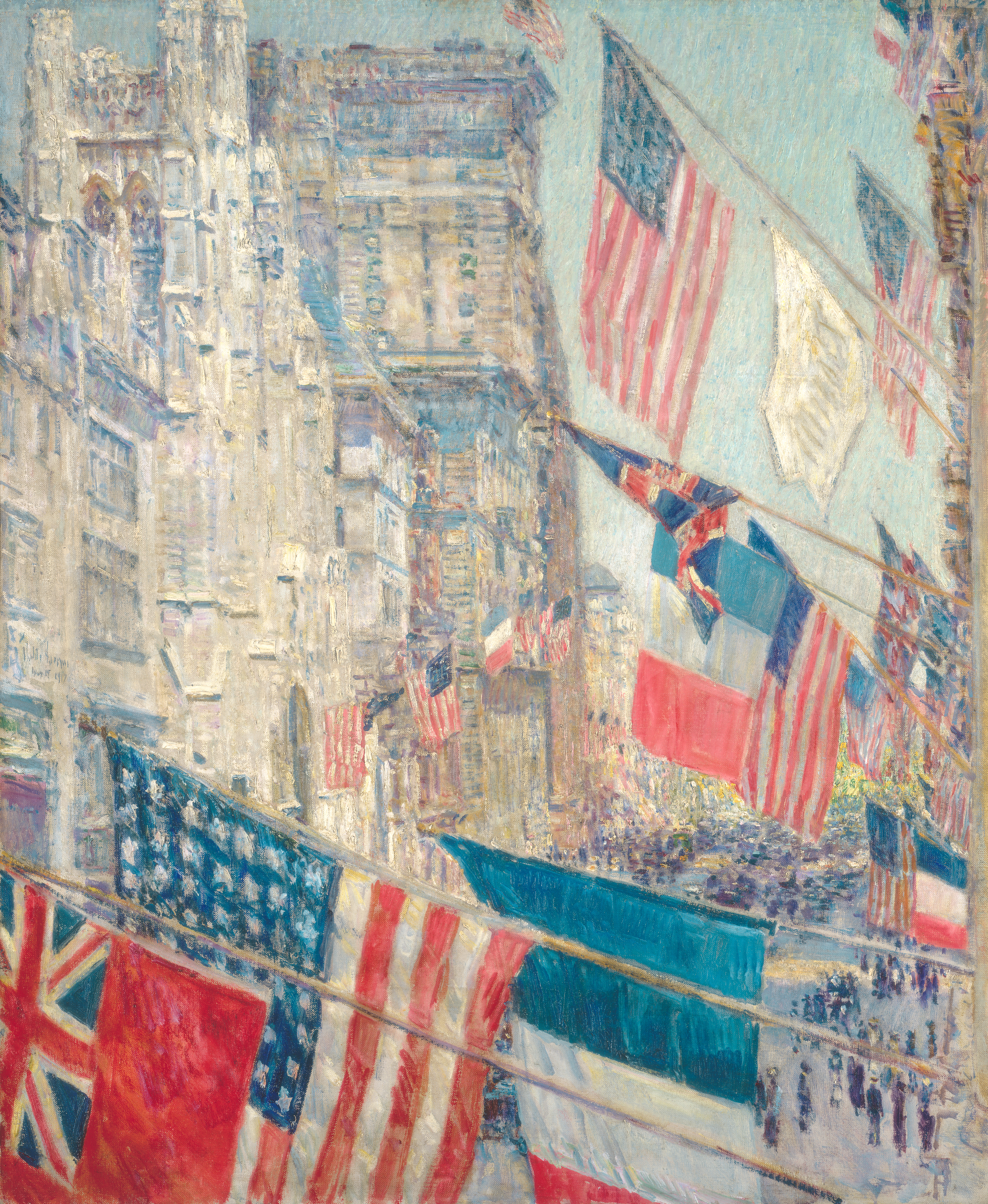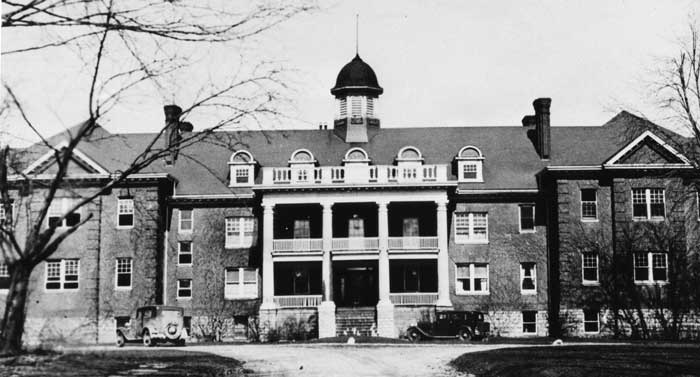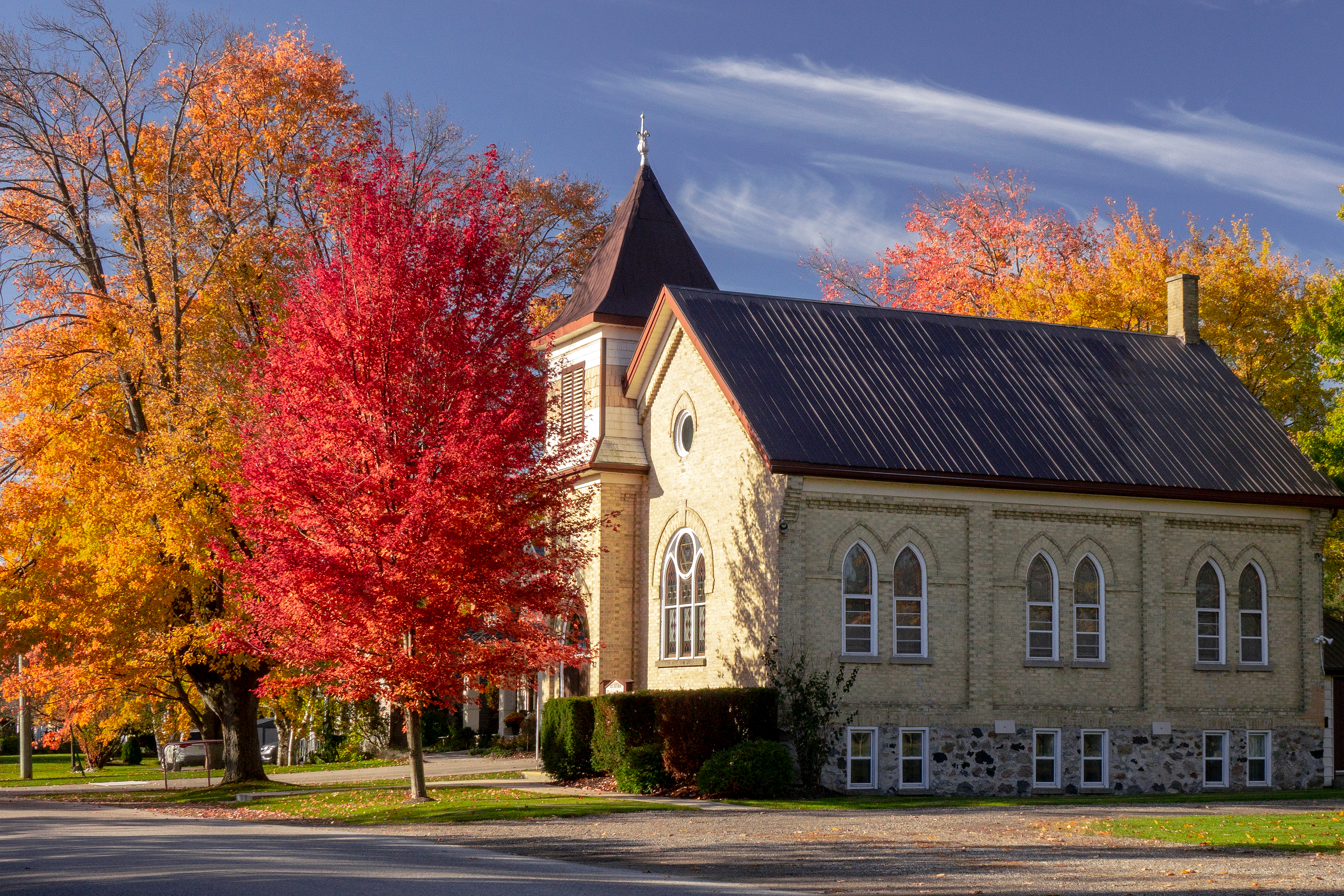|
Lax-kw'alaams First Nation
Lax Kw'alaams () is a Tsimshian band government, at Lax Kw'alaams, a community near Prince Rupert in British Columbia, Canada. Band members are descendants of the Nine Tribes of the Tsimshian. As of 2024, the band has over 4,200 registered members, and in reserve land. History Lax Kw'alaams derives from ''Laxłgu'alaams,'' which means "place of the wild roses." It is an ancient camping spot of the Gispaxlo'ots tribe and in 1834 became the site of a Hudson's Bay Company (HBC) trading post called Fort Simpson, then Port Simpson. The name Fort Simpson derived from Capt. Aemilius Simpson, superintendent of the HBC's Marine Department, who had established the first, short lived, Fort Simpson, on the nearby Nass River, in 1830 with Peter Skene Ogden. The first HBC factor at the new Fort Simpson was Dr. John Frederick Kennedy, who married the daughter of the Gispaxlo'ots chief Ligeex as part of the diplomacy which established the fort on Gispaxlo'ots territory. Kennedy served at ... [...More Info...] [...Related Items...] OR: [Wikipedia] [Google] [Baidu] |
Tsimshian
The Tsimshian (; ) are an Indigenous peoples of the Pacific Northwest Coast, Indigenous people of the Pacific Northwest Coast of North America. Their communities are mostly in coastal British Columbia in Terrace, British Columbia, Terrace and Prince Rupert, British Columbia, Prince Rupert, and Metlakatla, Alaska on Annette Island, the only reservation in Alaska. The Tsimshian estimate there are 45,000 Tsimshian people and approximately 10,000 members are federally registered in eight First Nations communities: Kitselas First Nation, Kitselas'','' Kitsumkalum First Nation, Kitsumkalum'','' Gitxaala Nation, Gitxaala'','' Gitga'at First Nation, Gitga'at, Kitasoo/Xaixais First Nation, Kitasoo, Lax-kw'alaams First Nation, Lax Kw'Alaams'','' and Metlakatla First Nation, Metlakatla. The latter two communities resulted in the colonial intersections of early settlers and consist of Tsimshian people belonging to the 'nine tribes.' The Tsimshian are one of the largest First Nations peop ... [...More Info...] [...Related Items...] OR: [Wikipedia] [Google] [Baidu] |
Thomas Crosby (missionary)
Thomas Crosby (21 June 1840 – 13 January 1914) was an English Methodist missionary known for his work among the First Nations people of coastal British Columbia, Canada. Thomas Crosby was born in 1840 in Pickering, Yorkshire, to (Wesleyan) Methodist parents. His father was a farmer. When he was sixteen, he emigrated with his parents to the vicinity of Woodstock, Ontario. Economic circumstances forced him to go to work at a tannery. In 1861 he answered a call in a Methodist newspaper for missionaries to go to British Columbia. Soon after arriving in B.C. in 1863, he was sent to teach at the Native school in Nanaimo, B.C. In 1866 he became an itinerant preacher, accompanying the Rev. Edward White on a preaching circuit covering Vancouver Island, the Gulf Islands, and the area around Vancouver. In 1869 Crosby was appointed a stable position preaching and teaching in Chilliwack, B.C. He was ordained in 1871 and began intensively missionizing throughout the province. In 187 ... [...More Info...] [...Related Items...] OR: [Wikipedia] [Google] [Baidu] |
Indian Act
The ''Indian Act'' () is a Canadian Act of Parliament that concerns registered Indians, their bands, and the system of Indian reserves. First passed in 1876 and still in force with amendments, it is the primary document that defines how the Government of Canada interacts with the 614 First Nation bands in Canada and their members. Throughout its long history, the act has been a subject of controversy and has been interpreted in different ways by both Indigenous Canadians and non-Indigenous Canadians. The legislation has been amended many times, including "over five major changes" made in 2002. The act is very wide-ranging in scope, covering governance, land use, healthcare, education, and more on Indian reserves. Notably, the original ''Indian Act'' defines two elements that affect all Indigenous Canadians: * It says how reserves and bands can operate. The act sets out rules for governing Indian reserves, defines how bands can be created, and defines the powers of "ba ... [...More Info...] [...Related Items...] OR: [Wikipedia] [Google] [Baidu] |
Allied Tsimshian Tribes Association
An alliance is a relationship among people, groups, or states that have joined together for mutual benefit or to achieve some common purpose, whether or not an explicit agreement has been worked out among them. Members of an alliance are called allies. Alliances form in many settings, including political alliances, military alliances, and business alliances. When the term is used in the context of war or armed struggle, such associations may also be called allied powers, especially when discussing World War I or World War II. A formal military alliance is not required to be perceived as an ally—co-belligerence, fighting alongside someone, is enough. According to this usage, allies become so not when concluding an alliance treaty but when struck by war. When spelled with a capital "A", "Allies" usually denotes the countries who fought together against the Central Powers (German Empire, Austria-Hungary, and Ottoman Empire) in World War; I (the Allies of World War&nbs ... [...More Info...] [...Related Items...] OR: [Wikipedia] [Google] [Baidu] |
1862 Pacific Northwest Smallpox Epidemic
The 1862 Pacific Northwest smallpox epidemic was a smallpox outbreak that started in Victoria on Vancouver Island and spread among the indigenous peoples of the Pacific Northwest Coast and into the indigenous peoples of the Northwest Plateau, killing a large portion of natives from the Puget Sound region to Southeast Alaska. Two-thirds of British Columbia natives died—around 20,000 people. The death rate was highest in southeast Alaska and Haida Gwaii—over 70% among the Haida and 60% among the Tlingit. Almost all native nations along the coast, and many in the interior, were devastated, with a death rate of over 50% for the entire coast from Puget Sound to Sitka, Alaska, part of Russian America at the time. In some areas the native population fell by as much as 90%. The disease was controlled among colonists in 1862 but it continued to spread among natives through 1863. While colonial authorities used quarantine, smallpox vaccine, and inoculation to keep the disease from spr ... [...More Info...] [...Related Items...] OR: [Wikipedia] [Google] [Baidu] |
Chief William Jeffrey
Chief William Jeffrey (1899 - 1995) was a Canadian hereditary Tsimshian Chief, First Nations activist and carver. He attended residential school from 1914 to 1917. Though he desired to be a lawyer, his status as a First Nations person and government policy at the time prevented him from attending college for any profession other than the clergy. In 1930 he co-founded the Native Brotherhood of British Columbia. "The NBBC advocated improvements to the level of education among Aboriginal peoples, greater recognition in law of their hunting, fishing and logging rights, and the decriminalization of the potlatch." In 1940 he appeared in the House of Commons to further those aims, also delivering the message: In 1953, attracted by the message of "peace and justice to peoples of all races, nationalities, creeds and colors," Jeffrey left behind his political pursuits to become a minister of Jehovah's Witnesses. In 1960 he began carving totem poles and replicas of totem poles, joining a ... [...More Info...] [...Related Items...] OR: [Wikipedia] [Google] [Baidu] |
William Beynon
William Beynon (1888–1958), also known as Gusgai'in or Gusgain, was a Canadian hereditary chief of the Tsimshian Nation and an oral historian. He served as an ethnographer, translator, and linguistic consultant to many anthropologists who studied his people. Early life and education Beynon was born in 1888 in Victoria, British Columbia to a Tsimshian woman of Nisga'a ancestry and "Captain Billy" Beynon, a Welsh steamboat captain. He was also known as Gusgai'in or Gusgain, which Barbara J. Winter said is a Tlingit name meaning "High Cliff" whereas Derek G. Smith said it is a Tsimshian name. Beynon's mother only spoke to him in Tsimshian and educated him on Tsimshian traditions and rituals. Although some sources describe Beynon as being Nisga'a or matrilineally Nisga'a, his ancestry was more complicated by the colonial interpretation of long standing relationships between nations. Beynon's maternal line descends from members of the Laxgibuu (Wolf clan) of the Nisga'a nat ... [...More Info...] [...Related Items...] OR: [Wikipedia] [Google] [Baidu] |
Native Brotherhood Of British Columbia
The Native Brotherhood of British Columbia (NBBC or the Brotherhood) is a provincial First Nations advocacy organization founded in 1931, with the primary goal of addressing and improving the socioeconomic conditions of First Nations in British Columbia. Initially, the organization focused on economic issues, particularly in response to the detrimental effects of the Great Depression on coastal First Nations, especially those involved in the fishing industry. The Brotherhood's early membership was predominantly made up of communities from the northern coast, notably the Haida and Tsimshian. In the years following the Second World War, the Brotherhood expanded both geographically and in scope. Its membership grew to include communities further south and into the interior of the province. As the organization's influence grew, so too did its mandate, which began to address broader social issues such as education, housing, and the fight against discriminatory policies. By this time ... [...More Info...] [...Related Items...] OR: [Wikipedia] [Google] [Baidu] |
Canadian Indian Residential School System
The Canadian Indian residential school system was a network of boarding schools for Indigenous peoples. The network was funded by the Canadian government's Department of Indian Affairs and administered by various Christian churches. The school system was created to isolate Indigenous children from the influence of their own culture and religion in order to assimilate them into the dominant Euro-Canadian culture. The system began with laws before Confederation and was mainly active after the Indian Act was passed in 1876. Attendance at these schools became compulsory in 1894, and many schools were located far from Indigenous communities to limit family contact. By the 1930s, about 30 percent of Indigenous children were attending residential schools. The last federally-funded residential school closed in 1997, with schools operating across most provinces and territories. Over the course of the system's more than 160-year history, around 150,000 children were placed in reside ... [...More Info...] [...Related Items...] OR: [Wikipedia] [Google] [Baidu] |
United Church Of Canada
The United Church of Canada (UCC; ) is a mainline Protestant denomination that is the largest Protestant Christian denomination in Canada and the second largest Canadian Christian denomination after the Catholic Church in Canada. The United Church was founded in 1925 as a merger of four Protestant denominations with a total combined membership of about 600,000 members: the Methodist Church (Canada), the Congregational church, Congregational Union of Ontario and Quebec, two-thirds of the congregations of the Presbyterian Church in Canada, and the Association of Local Union Churches, a movement predominantly of the three Provinces and territories of Canada, provinces of the Canadian Prairies. The Canadian Conference of the Evangelical United Brethren Church joined the United Church of Canada on January 1, 1968. Membership peaked in 1964 at 1.1 million. From 1991 to 2001, the number of people claiming an affiliation with the United Church decreased by 8%, the third largest decreas ... [...More Info...] [...Related Items...] OR: [Wikipedia] [Google] [Baidu] |
Methodism
Methodism, also called the Methodist movement, is a Protestant Christianity, Christian Christian tradition, tradition whose origins, doctrine and practice derive from the life and teachings of John Wesley. George Whitefield and John's brother Charles Wesley were also significant early leaders in the movement. They were named ''Methodists'' for "the methodical way in which they carried out their Christian faith". Methodism originated as a Christian revival, revival movement within Anglicanism with roots in the Church of England in the 18th century and became a separate denomination after Wesley's death. The movement spread throughout the British Empire, the United States and beyond because of vigorous Christian mission, missionary work, and today has about 80 million adherents worldwide. Most List of Methodist denominations, Methodist denominations are members of the World Methodist Council. Wesleyan theology, which is upheld by the Methodist denominations, focuses on Sanc ... [...More Info...] [...Related Items...] OR: [Wikipedia] [Google] [Baidu] |
Metlakatla, British Columbia
Metlakatla, British Columbia (Tsimshian: ''Maxłaxaała'') is a small community that is one of the seven Tsimshian village communities in British Columbia, Canada. It is situated at Metlakatla Pass near Prince Rupert, British Columbia. It is the one Tsimshian village in Canada that is not associated with one particular tribe or set of tribes out of the Tsimshian nation's 14 constituent tribes. History The name derives from Tsimshian ''Maaxłakxaała'' meaning "saltwater pass." Traditionally, this site has been the collective winter village of the "Nine Tribes" of the lower Skeena River, which since 1834 have been mostly based at Lax Kw'alaams, B.C. In 1862, the Anglican lay minister William Duncan established at Metlakatla a utopian Christian community, made up of about 350 Tsimshian from Lax Kw'alaams (a.k.a. Port Simpson) but with members of other Tsimshian tribes as well. Almost immediately thereafter, the 1862 Pacific Northwest smallpox epidemic tore through Lax K ... [...More Info...] [...Related Items...] OR: [Wikipedia] [Google] [Baidu] |




